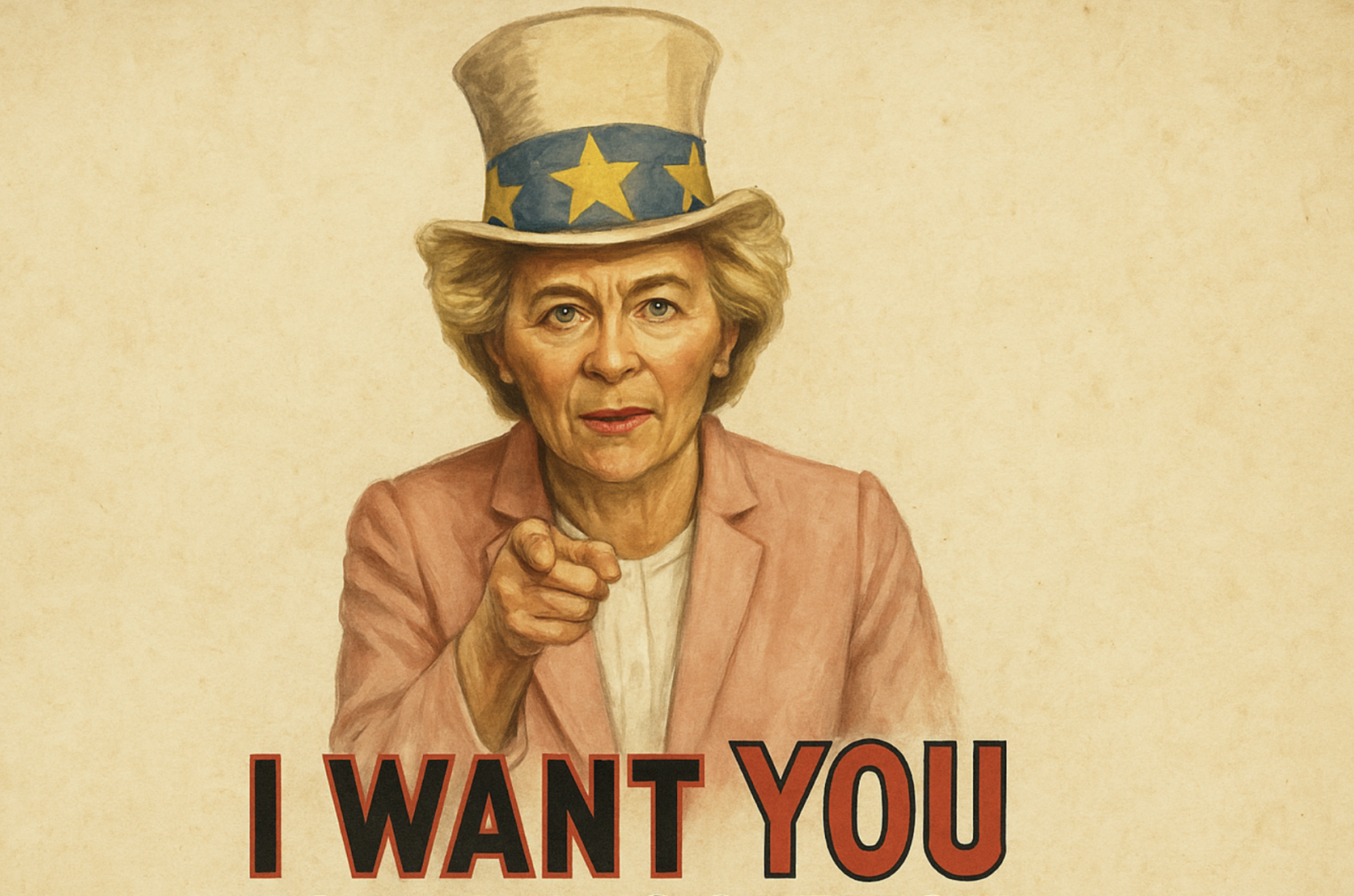Prima è diventato ufficiale l’addio di Francesco Colotta, direttore ricerca e sviluppo del Nerviano Medical Sciences, che si vociferava da tempo; poi si è concluso e firmato a Washington l’accordo che libera il centro di ricerca oncologica dell’hinterland milanese dalla morsa di Pfizer. Sebbene infatti il distacco dal colosso farmaceutico statunitense risalga al 2004, l’azienda deteneva di fatto un diritto di prelazione nei confronti dei risultati ottenuti a Nerviano (quello che in gergo si chiama right of first refusal ). Una clausola che scoraggiava gli investimenti da parte di altri soggetti potenzialmente interessati, istituzionali o industriali che fossero. E’ a questi possibili partner che ora guardano i 530 tecnici e 170 ricercatori che lavorano nel centro, nella speranza di poter uscire finalmente dall’emergenza finanziaria che, indipendentemente dai promettenti risultati scientifici, continua a mantenere i lavoratori col fiato sospeso.
Nerviano: è l'ora dei divorzi
Autori:
Sezioni:
Ricerca
prossimo articolo
Europe’s Freedom of Research: €100 Billion for ReBrain Europe
In the 1930s, the disastrous Nazi-fascist policies induced an unprecedented exodus of at least 15,000 intellectuals - scientists and artists, Jews and non-Jews - to the United States. See. e.g., the historical accounts in Adorno, Fleming, & Bailyn: The Intellectual Migration.


